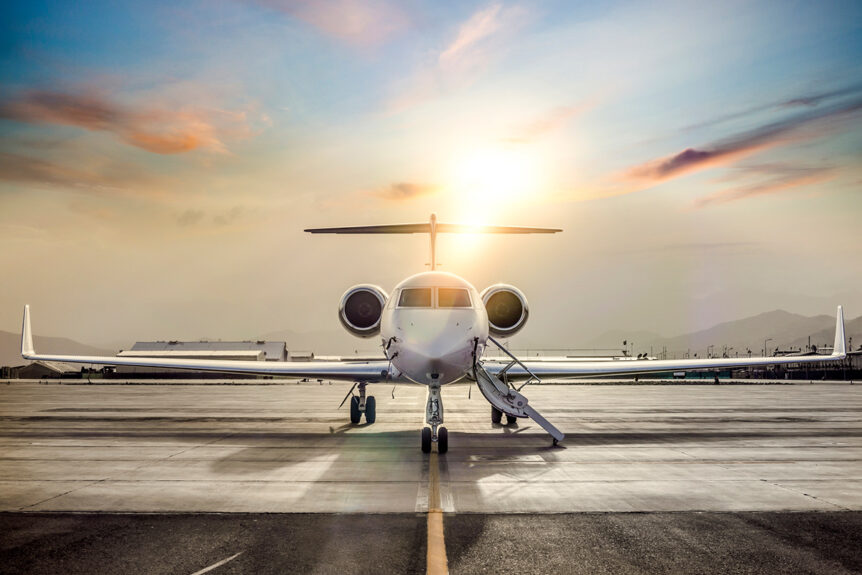How general aviation contributes to the U.S. economy is a topic of significant importance, as this sector generates an impressive $339 billion in total economic output. General aviation refers to all civilian flying except scheduled commercial airline services, encompassing private, business, and recreational aircraft, as well as specialized operations like medical transport and aerial firefighting. This thriving industry supports over 1.1 million jobs across the country, fueling local and national economies alike. From corporate jets and charter flights to aerial firefighting and medical evacuations, general aviation serves as an essential pillar of modern transportation and commerce.
The Economic Impact of General Aviation
The economic influence of general aviation extends far beyond aircraft manufacturers and service providers. It fuels a vast ecosystem of interconnected industries, including maintenance, fuel supply, insurance, and aviation training. Key contributions include:
- Employment: General aviation sustains over 1.1 million jobs across the U.S., including pilots, mechanics, air traffic controllers, and airport staff.
- Revenue Generation: The sector contributes $339 billion to the national economy through direct, indirect, and induced economic activity.
- Small Business Growth: By enabling access to remote markets and improving operational efficiency, general aviation helps businesses expand and thrive.
Key Industries Supported by General Aviation

Corporate and Business Travel
General aviation plays a pivotal role in several critical sectors, far beyond traditional travel:
Agriculture and Aerial Application
General aviation aircraft are essential for crop dusting, pesticide application, and aerial surveying, helping farmers maximize yields and protect their crops efficiently.
Emergency and Medical Services
From air ambulance services to organ transport and disaster relief, general aviation saves lives by providing rapid response in time-sensitive situations.
Law Enforcement and Firefighting
General aviation supports surveillance, search-and-rescue missions, and wildfire suppression, ensuring public safety and environmental protection.
Corporate and Business Travel
Companies rely on general aviation to enhance productivity, allowing executives and employees to travel efficiently without the limitations of commercial airline schedules.
The Vital Role of General Aviation Airports

Four private jets parked on the runway
The U.S. is home to over 5,000 public-use airports, most of which serve general aviation. These airports are lifelines for regional connectivity, economic development, and job creation, particularly in communities without access to commercial airline services.
Technological Innovations Driving Growth
Advancements in aviation technology are transforming the industry, making it safer, more efficient, and more sustainable:
- Electric and Hybrid Aircraft: These innovations are reducing carbon emissions and lowering operational costs.
- Autonomous Flight Systems: AI and automation are enhancing flight efficiency and reducing pilot workload.
- Advanced Air Traffic Management: Next-generation systems are optimizing airspace use, minimizing delays, and improving safety.
Challenges Facing the General Aviation Industry
Despite its significant contributions, general aviation faces hurdles such as rising operational costs, regulatory complexities, and pilot shortages. Addressing these challenges is critical to ensuring the sector’s continued growth and economic impact.
The Future of General Aviation
The future of general aviation is promising, driven by technological advancements and increasing demand for private and chartered flights. Industry stakeholders are investing in innovations that will shape the next era of aviation, securing its role as a vital contributor to the U.S. economy.

